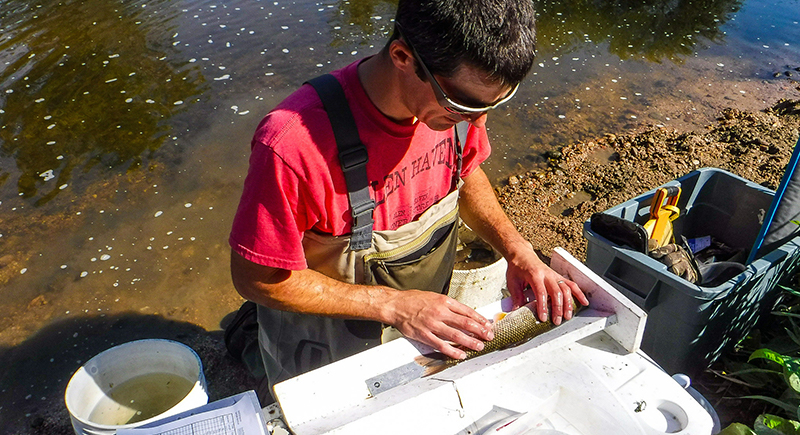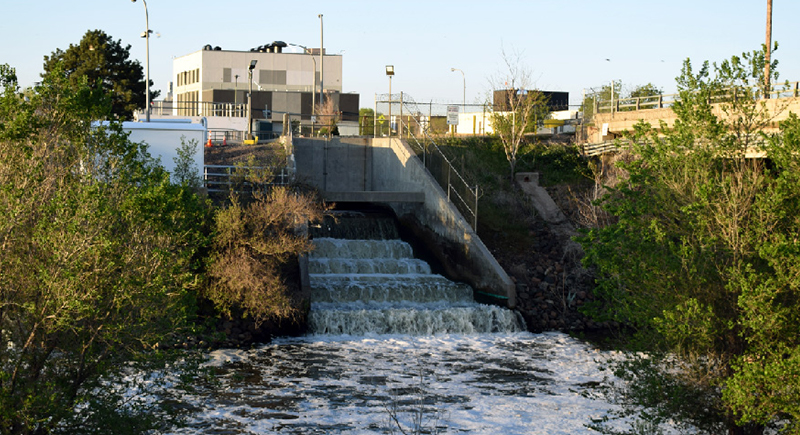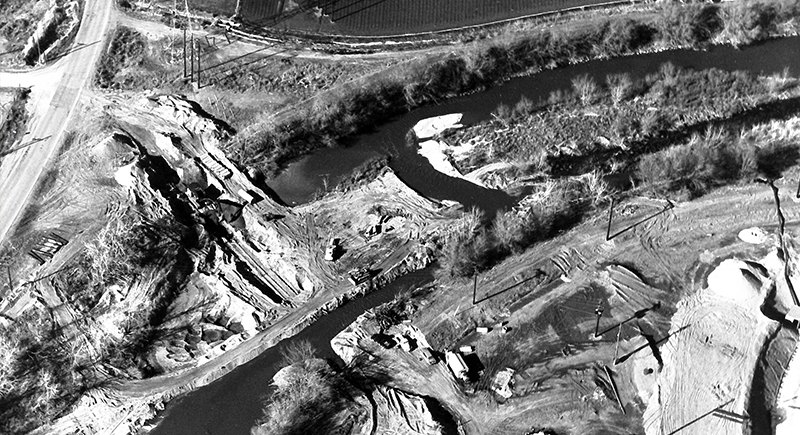Metro Water Recovery
Bringing Fish Back to the Front Range
Location: Denver, Colorado | Population: 2 million
Achievements
$5.6 billion tourism economy supported
A 700% increase in fish species
10% increase in native fish populations in 2018
Water is a vital and limited resource along Colorado’s Front Range, the most populated region of the state. In the late 1800s, however, it became clear that water quality was becoming just as important as water quantity. Starting in the high mountain grasslands, the South Platte River makes its way through the mountains and eventually through Denver before joining the North Platte River in Nebraska, which serves as the principal source of drinking water for Eastern Colorado. Portions of the river that travel through the Denver metro area suffered from decades of neglect from industrial waste, agricultural runoff, and public dumping.
Prior to the establishment of Denver’s first wastewater treatment plant in 1937, raw sewage was discharged directly into the South Platte River. After World War II, the population of the Denver metro area exploded with new development and overwhelmed the sewer infrastructure. In 1961, a plan was developed to create a regional wastewater solution, including a wastewater treatment plant providing secondary treatment and interceptors connecting to local sewer systems. In 1967, Metropolitan Denver Sewage Disposal District No. 1, now known as Metro Water Recovery, became fully operational with the mission to protect public health and the environment.
Along with the population growth on the Front Range, Metro has also grown; now serving roughly two million people with a capacity to treat about 249 million gallons of wastewater per day (MGD). In response to growth, Metro opened the $417 million Northern Treatment Plant in 2016 which can treat approximately 29 MGD. This innovative facility features biological odor control, advanced tertiary treatment and UV disinfection.
Annual surveys have demonstrated that the in-stream habitat improvements are significantly increasing the richness (number of species) and abundance of native fish species.

A Dying River Back from the Brink
For at least half of the year, effluent from the Robert W. Hite Treatment Facility is responsible for at least 80% of the South Platte River flow. Low habitat quality and low dissolved oxygen once placed the river’s fish populations at risk. In the late 1990s, a six-phased plan to improve aquatic habitat was initiated.
In accordance with a 1997 Memorandum of Understanding with regulatory agencies, three structures were created to reintroduce oxygen into the water. Improvements were made to provide diversified habitat structures and flow characteristics preferred by native fish species. Annual fish surveys demonstrated significant improvements. After Phase IV was completed, the number of native fish caught in the area rose 89% from 2017 to 2018. A river viewed in the 1930s as a “dead stretch of water” now serves a key role in recreation, agriculture, habitat for aquatic life, and drinking water.

The Value of Resource Recovery
In addition to accommodating growth and making significant impacts on river health, Metro is a leader in resource recovery. In 1985, a $7.8 million cogeneration facility went online, using methane from the treatment process to generate 40% of the Hite plant’s energy needs.
Metro’s biosolids reuse program applies biosolids from the treatment process private farms. This METROGRO® Cake reduces the need for chemical pesticides while driving higher crop yields.
Metro remains committed to protecting the region’s public health and environment by recovering resources. Since the passage of the Clean Water Act, Metro has utilized resources to advance technologies that protect the region’s health and environment, ahead of regulation.

A Powerful Magnet for Outdoor Recreators
After decades of innovation and a commitment to protecting human health and the environment, Metro has played a crucial role in restoring the health of the South Platte River, benefitting the community and the local economy. According to the Denver Convention and Visitors Bureau, overnight visitors spent $5.6 billion in 2018. Development in downtown Denver has refocused the South Platte River as a centerpiece of the region. The river serves as a corridor for recreation, featuring the South Platte River trail that provides easy access for walking, commuting, fly fishing, gold panning, kayaking, river surfing, and more.
Tell Your Story
The success of clean water agencies depends on everyone sharing their own stories of success. We'd love to help you tell your story!
Find Out More